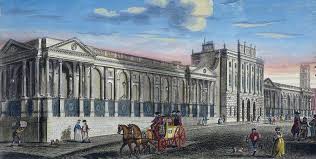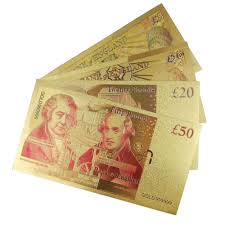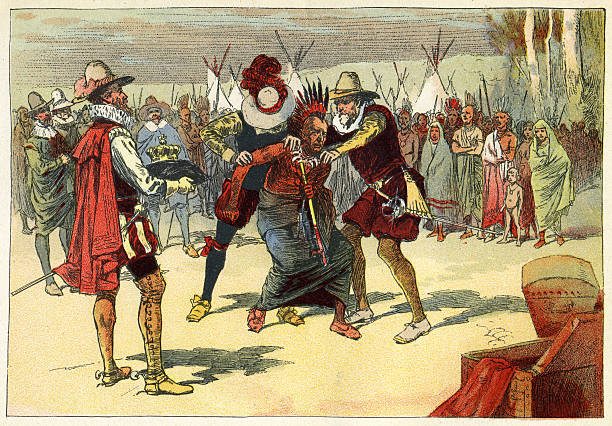The establishment of the Bank of England (1694 CE) and the role of gold reserves in stabilizing economies

By the late 17th century, England was in desperate need of a more stable financial system. Years of war with France, rising government debt, and an increasing reliance on trade and banking made it clear that traditional methods of financing—such…



